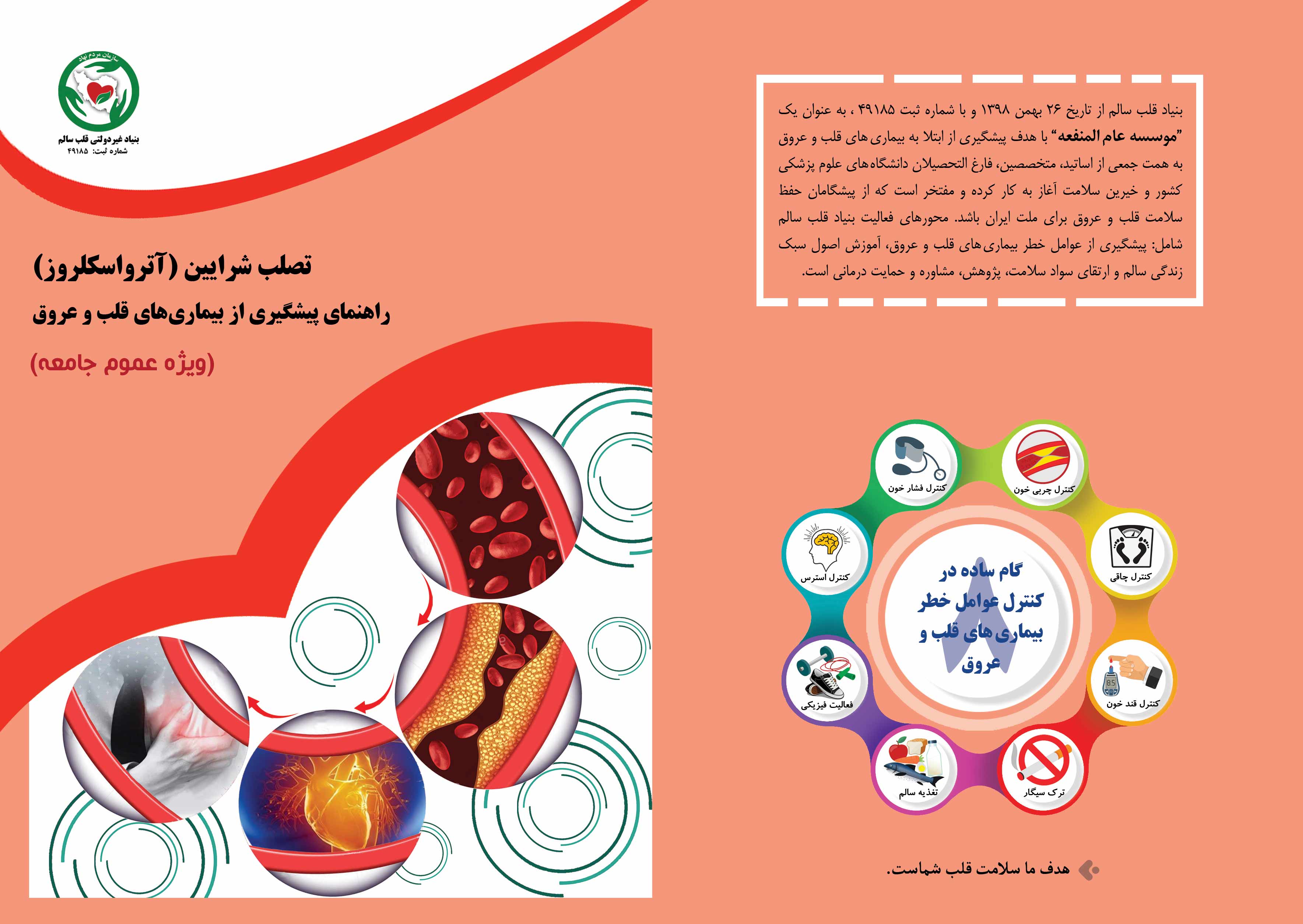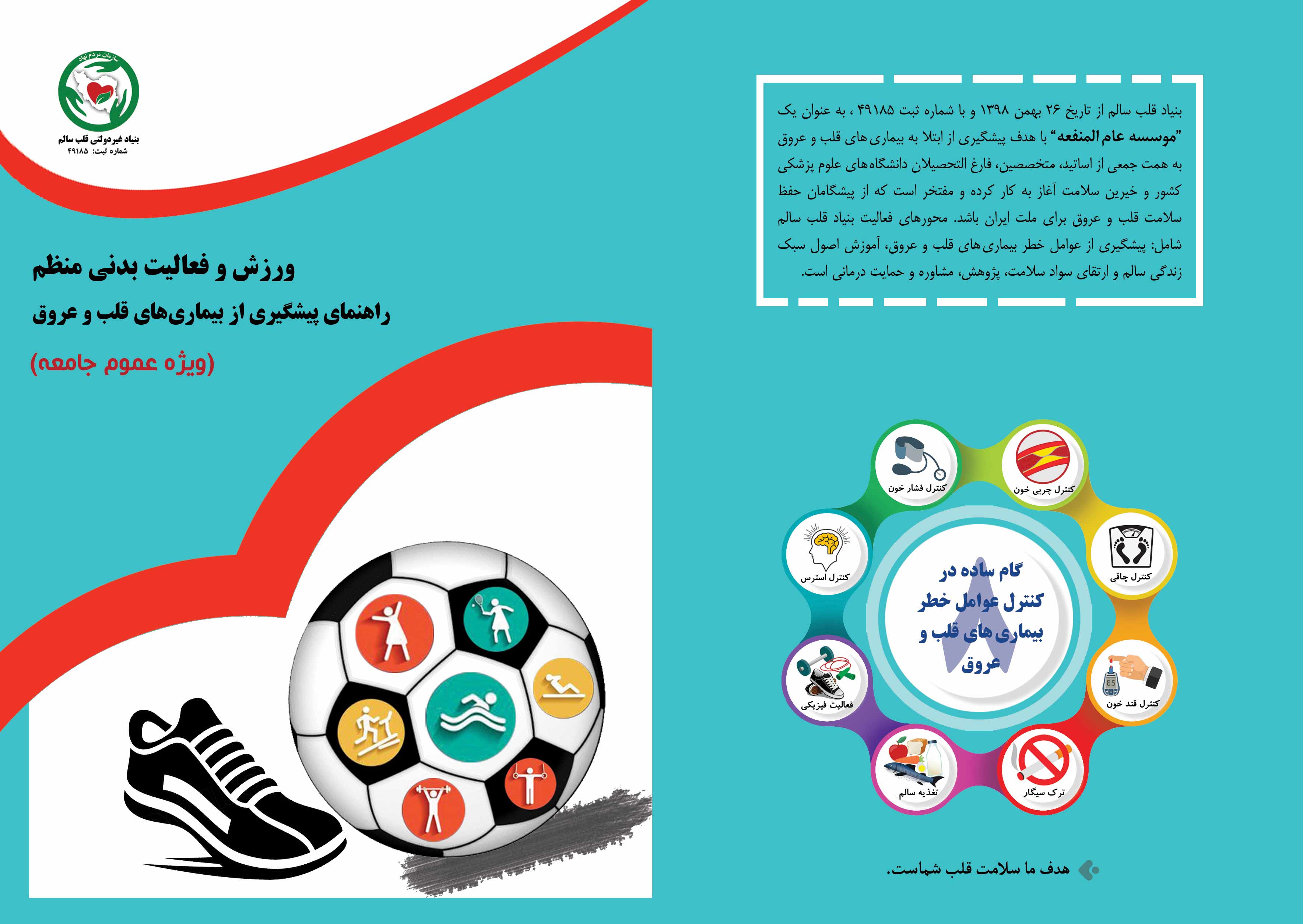اعتیاد به غذا و اختلال پرخوری در رابطه با الگوهای غذایی و اندازهگیریهای آنتروپومتریک: یک مطالعه مقطعی توصیفی- تحلیلی در بزرگسالان ایرانی مبتلا به چاقی
چاقی با رفتارهای غذایی ناسازگار، از جمله اعتیاد به غذا (FA) و اختلال پرخوری (BED) مرتبط است. با این حال، عوامل کلیدی مؤثر بر ایجاد رفتارهای ناسازگار غذایی ناشناخته باقی مانده است. پیروی از الگوهای غذایی مشخص مشکوک به ایجاد اثرات غیرمستقیم است. این مطالعه به بررسی ارتباط FA و BED با الگوهای غذایی و اندازهگیریهای آنتروپومتریک در بین 400 بزرگسال ایرانی (18 تا 60 سال؛ 66.25 درصد زنان) مبتلا به چاقی (شاخص توده بدنی [BMI] ≥ 30 kg/m2) میپردازد.

این مطالعه به بررسی ارتباط بین اعتیاد به غذا، اختلال پرخوری (BED)، الگوهای غذایی و اندازهگیری بدن در بزرگسالان چاق ایرانی پرداخت. افرادی که از رژیم های غذایی ناسالم پیروی می کردند بیشتر با اعتیاد به غذا دست و پنجه نرم می کردند، در حالی که افرادی که از رژیم های غذایی سالم پیروی می کردند احتمال کمتری داشت. این مطالعه همچنین نشان داد که افراد با درجه بالاتر چاقی بیشتر در معرض اعتیاد به غذا و BED بودند.
Food Addiction and Binge Eating Disorder in Relation to Dietary Patterns and Anthropometric Measurements: A Descriptive-Analytic Cross-Sectional Study in Iranian Adults with Obesity
Abstract
Obesity is associated with maladaptive eating behaviors, including food addiction (FA) and binge eating disorder (BED). However, the key factors influencing the development of maladaptive eating behaviors remain unknown. Adherence to specified dietary patterns has been suspected of making indirect impacts. This study investigates the association of FA and BED with dietary patterns and anthropometric measurements among 400 Iranian adults (aged 18–60; 66.25% women) living with obesity (body mass index [BMI] ≥ 30 kg/m2). The Binge Eating Scale and Yale Food Addiction Scale were used to measure BED and FA. A validated 147-item semi-quantitative food frequency questionnaire underwent principal component analysis and identified three major dietary patterns: mixed, unhealthy, and healthy dietary pattern. After adjusting for confounders, higher adherence to unhealthy dietary patterns was associated with an increased risk of FA, while higher adherence to healthy dietary patterns was associated with a lower risk of FA. Also, those within obesity class III had a significantly higher risk of FA and BED than those in obesity class I. This study suggests that adherence to an unhealthy dietary pattern may be associated with a higher risk of FA. It also highlights the link between higher BMI and maladaptive eating behaviors.

















.png)
.png)
ارسال به دوستان